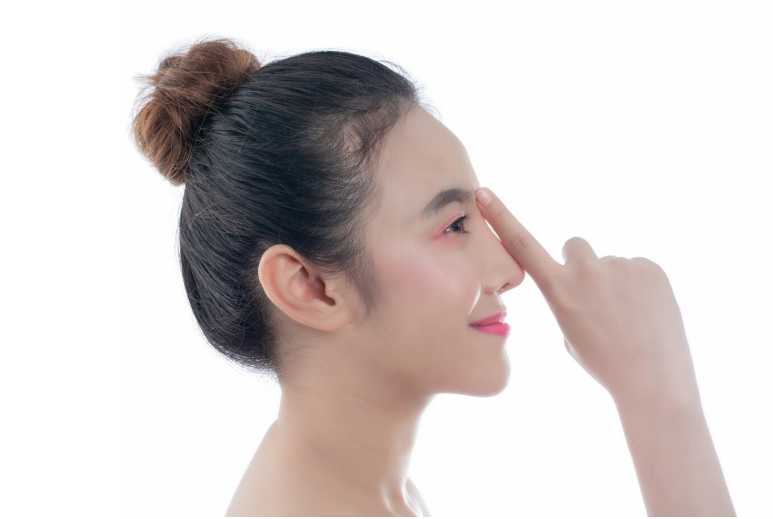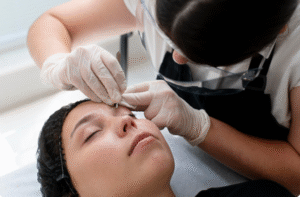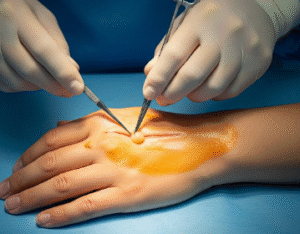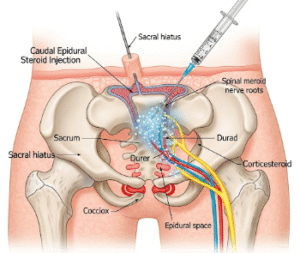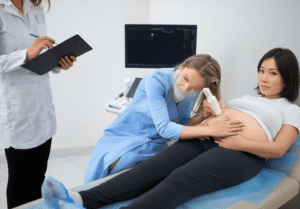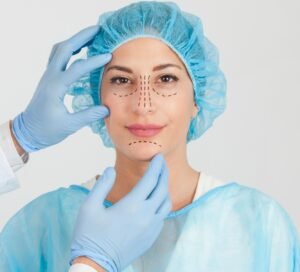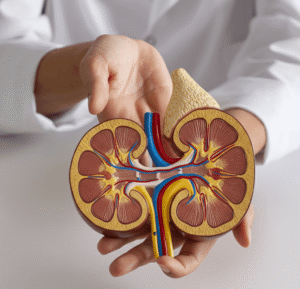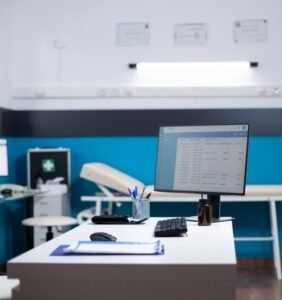What It Is
A contracted nose is a complication that can occur after previous rhinoplasty, especially when too much cartilage or skin was removed, or when implants were used improperly. It results in a nose that looks unnaturally short, upturned, pinched, or tight, often with visible nostrils and hard skin. Patients may also experience discomfort, breathing issues, or skin thinning at the tip.
In Korea, contracted nose correction is a form of revision rhinoplasty, performed by highly skilled rhinoplasty specialists. The surgery involves rebuilding the nose with cartilage grafts (from the rib, ear, or septum), tissue support, and sometimes dermal or fascia grafts to restore natural length, shape, and function.
Why It’s Done
Patients seek contracted nose correction to:
- Restore the natural length of the nose
- Correct an overly upturned or pinched nasal tip
- Improve nasal breathing if the airway is obstructed
- Repair skin damage or thinning caused by tension or implant pressure
- Regain a balanced, natural appearance after unsatisfactory previous rhinoplasty
Alternatives
Non-surgical alternatives are extremely limited:
- Fillers or fat grafting: May temporarily improve contour but cannot correct structural deformities
- Makeup contouring: Can help visually reduce nostril exposure but offers no true correction
For true contracted nose deformities, surgery is the only effective solution.
Preparation
Preparation for contracted nose surgery in Korea includes:
- Consultation: Detailed analysis of nasal structure, skin condition, and previous surgical history
- Imaging: 3D scans or photography to plan reconstruction
- Material planning: Discussing graft sources (rib cartilage is often required for severe cases)
- Medical evaluation: Blood tests and anesthesia clearance
- Lifestyle adjustments: Avoiding smoking and alcohol for 2–4 weeks before surgery
- Medication review: Stopping blood thinners and certain supplements
How It’s Done
Contracted nose correction is typically performed under general anesthesia and may take 3–6 hours depending on severity.
- Previous scar tissue and implants are carefully removed
- The nose is rebuilt using rib cartilage grafts for strong support and natural lengthening
- Ear cartilage may be used for finer details like the nasal tip
- Dermal or fascia grafts may be added to soften and protect the skin
- The tip is repositioned, and the nasal bridge is reconstructed if needed
- Special techniques are used to prevent future contracture
Recovery
Recovery takes longer than primary rhinoplasty due to the complexity of reconstruction:
- First week: Swelling, bruising, and nasal splint in place
- Stitch and splint removal: Usually after 7–10 days
- Daily activities: Light activities within 2 weeks, but heavy exercise should be avoided for 1 month
- Final results: Gradual improvement over 6–12 months as swelling subsides and tissues settle
Possible Complications
While revision surgery in Korea is highly advanced, risks include:
- Infection or bleeding
- Prolonged swelling due to scar tissue
- Asymmetry or irregular contour
- Donor site discomfort (chest or ear if cartilage is harvested)
- Rare recurrence of contracture
- Need for further revision in severe cases
Treatment Options in Korea
Diagnosis
- Detailed consultation and facial proportion analysis
- 3D imaging and nasal airway assessment
Medical Treatments
- Antibiotics and pain management after surgery
- Scar therapy for both nasal and donor site incisions
Surgical or Advanced Therapies
- Rib cartilage graft reconstruction: Gold standard for severe contracted noses
- Ear cartilage grafts: For delicate nasal tip work
- Fascia or dermal grafts: To add softness and prevent skin thinning
- Combined revision rhinoplasty: Correcting both function (breathing) and aesthetics
Rehabilitation and Support
- Long-term follow-up to monitor graft integration and healing
- Scar management at donor sites (chest, ear)
- International patient support with interpreters, hospital coordination, and telemedicine aftercare

